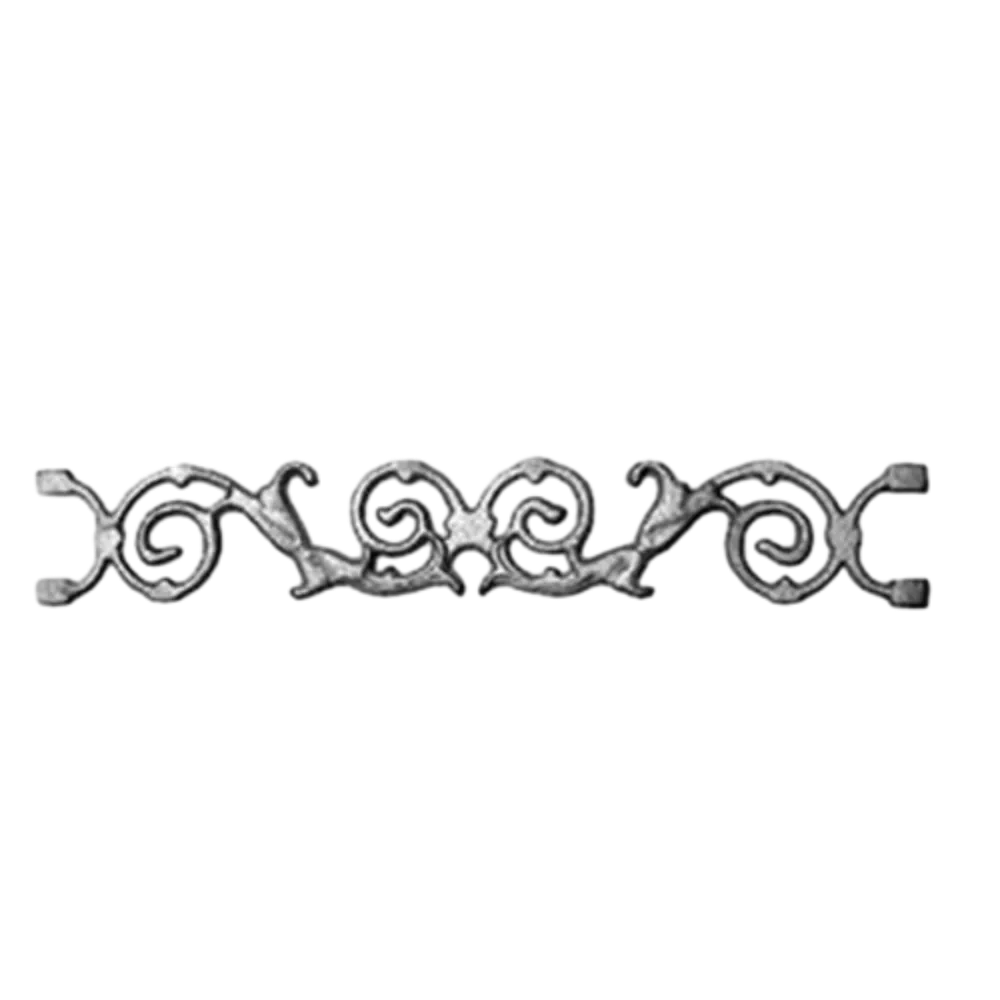cast iron bushings
The Importance of Cast Iron Bushings in Modern Engineering
Cast iron bushings are an essential component in various engineering applications, offering durability, reliability, and excellent wear resistance. They play a critical role in machinery, contributing to the smooth operation of moving parts and enhancing the longevity of equipment. In this article, we will explore the significance of cast iron bushings, their applications, benefits, and future trends in the industry.
What Are Cast Iron Bushings?
Cast iron bushings are cylindrical linings made from cast iron, which is a group of iron-carbon alloys with a carbon content greater than 2%. Due to their composition, they exhibit superior strength, rigidity, and resistance to wear, making them ideal for high-load applications. Typically, these bushings are used to facilitate smoother movement between parts by reducing friction and wear.
Applications in Various Industries
1. Automotive Industry Cast iron bushings are commonly found in vehicles, where they help support rotating shafts, axles, and various suspension components. Their ability to withstand high temperatures and heavy loads makes them vital for ensuring the durability of automotive systems.
2. Construction Equipment Heavy machinery such as excavators and bulldozers rely on cast iron bushings for their operational efficiency. These bushings can absorb vibrations and resist wear, which is crucial in harsh working environments.
3. Manufacturing In manufacturing settings, cast iron bushings are used in conveyor systems and machinery where precision movement is essential. Their low-friction properties enable smoother operations, reducing energy consumption and improving productivity.
4. Marine Applications The durability of cast iron bushings makes them suitable for marine applications, where they can withstand corrosive environments and maintain performance under extreme conditions. They are often found in ships and submarines, protecting critical components from wear and tear.
Benefits of Cast Iron Bushings
cast iron bushings

1. Superior Wear Resistance One of the primary advantages of cast iron bushings is their exceptional wear resistance. They can endure high friction and extend the lifespan of machinery, reducing downtime and maintenance costs.
2. Thermal Stability Cast iron can withstand extreme temperatures without deforming. This property is crucial in applications where heat generated by friction could lead to failure.
3. Cost-Effectiveness Although the initial cost of cast iron bushings may be higher than alternatives, their longevity and reduced maintenance needs make them a cost-effective solution in the long run.
4. Ease of Installation Cast iron bushings are relatively easy to install and replace, which is beneficial for maintenance and repairs in industrial settings.
Future Trends in Cast Iron Bushings
As technology advances, the manufacturing processes for cast iron bushings are evolving. The integration of computer-aided design (CAD) and enhancements in metallurgy may lead to even more advanced bushing designs. Additionally, the trend toward automation and smart machinery will likely increase the demand for high-performance bushings.
In response to environmental concerns, the industry is also exploring sustainable practices in the production of cast iron bushings, including recycling and reducing waste.
Conclusion
In conclusion, cast iron bushings are a cornerstone of modern engineering, playing a pivotal role in various industries, from automotive to construction. Their outstanding wear resistance, thermal stability, and cost-effectiveness make them an invaluable component for the longevity and efficiency of machinery. As industries continue to innovate and evolve, the demand for high-performance components like cast iron bushings will undoubtedly remain strong, ensuring their place in the future of engineering solutions.
-
Wrought Iron Components: Timeless Elegance and Structural StrengthNewsJul.28,2025
-
Window Hardware Essentials: Rollers, Handles, and Locking SolutionsNewsJul.28,2025
-
Small Agricultural Processing Machines: Corn Threshers, Cassava Chippers, Grain Peelers & Chaff CuttersNewsJul.28,2025
-
Sliding Rollers: Smooth, Silent, and Built to LastNewsJul.28,2025
-
Cast Iron Stoves: Timeless Heating with Modern EfficiencyNewsJul.28,2025
-
Cast Iron Pipe and Fitting: Durable, Fire-Resistant Solutions for Plumbing and DrainageNewsJul.28,2025
-
 Wrought Iron Components: Timeless Elegance and Structural StrengthJul-28-2025Wrought Iron Components: Timeless Elegance and Structural Strength
Wrought Iron Components: Timeless Elegance and Structural StrengthJul-28-2025Wrought Iron Components: Timeless Elegance and Structural Strength -
 Window Hardware Essentials: Rollers, Handles, and Locking SolutionsJul-28-2025Window Hardware Essentials: Rollers, Handles, and Locking Solutions
Window Hardware Essentials: Rollers, Handles, and Locking SolutionsJul-28-2025Window Hardware Essentials: Rollers, Handles, and Locking Solutions -
 Small Agricultural Processing Machines: Corn Threshers, Cassava Chippers, Grain Peelers & Chaff CuttersJul-28-2025Small Agricultural Processing Machines: Corn Threshers, Cassava Chippers, Grain Peelers & Chaff Cutters
Small Agricultural Processing Machines: Corn Threshers, Cassava Chippers, Grain Peelers & Chaff CuttersJul-28-2025Small Agricultural Processing Machines: Corn Threshers, Cassava Chippers, Grain Peelers & Chaff Cutters












